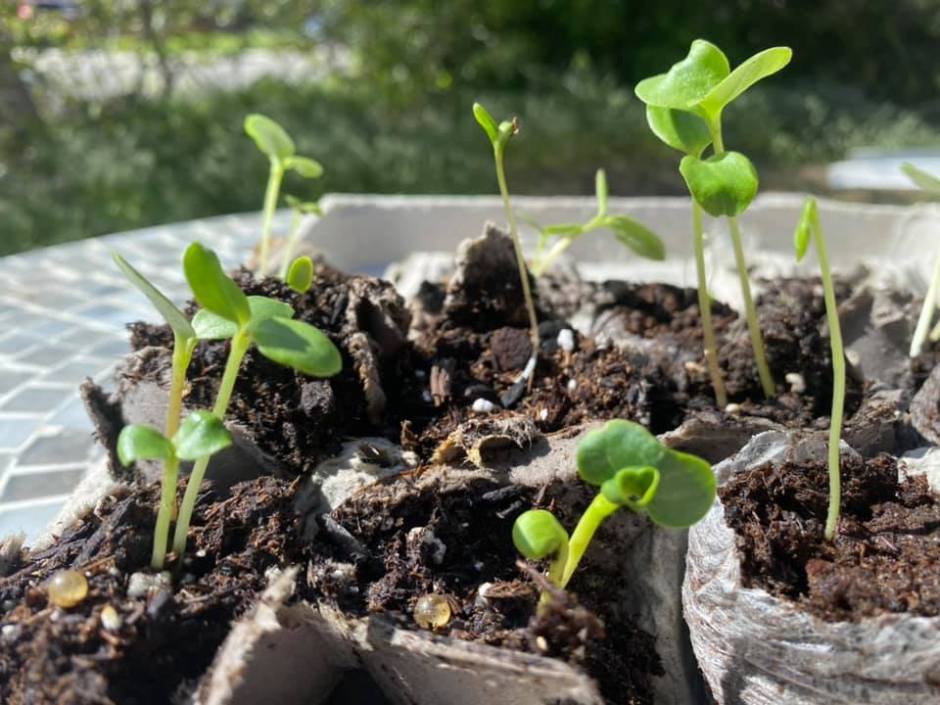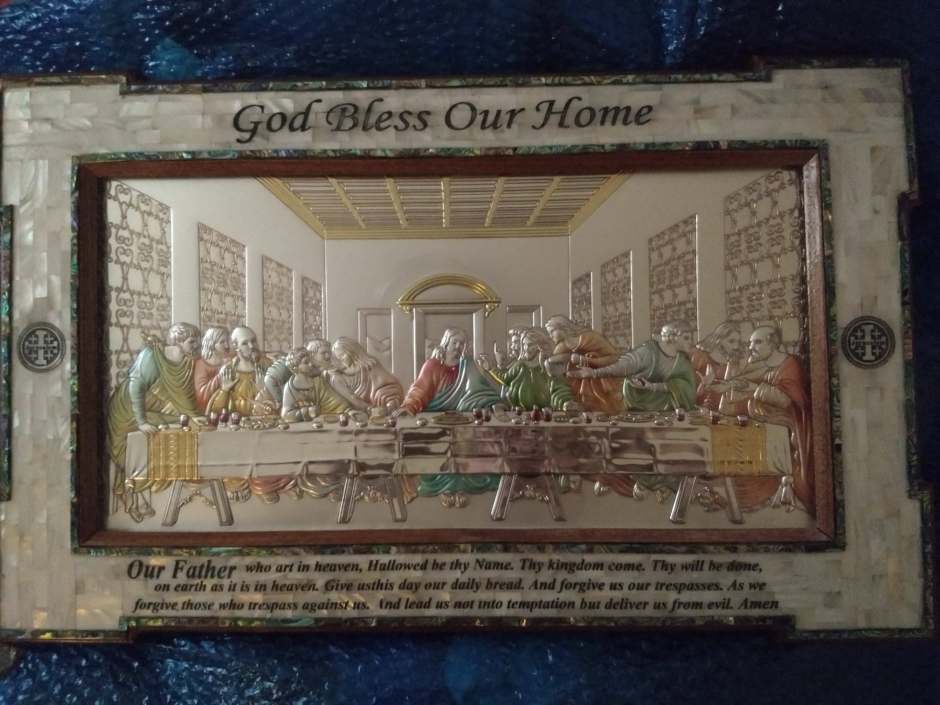This is the first of 5 posts I will be writing for the Roses for Mary Eucharist discussion.
70% of young people in the Catholic Church no longer believe in the Real Presence of Christ. It is written off by them as a symbol. Interviewing many fallen-away Catholics and ex-Catholics, it’s not hard to see that they were never taught the Faith in a loving and meaningful manner. If the people teaching catechesis never emphasized the subject, we can’t completely blame that 70% for not understanding Who the Eucharist is.
I remember when I was in RCIA and surrounded by other people my age preparing for the Sacrament of Confirmation. I am no longer friends with any of them, and when I visit their profiles online, it’s doubtful whether they were given the same love for the Church and the Eucharist as I. Many people drift away after receiving the Sacraments of Initiation and forget that Jesus is waiting for them in the chapel. With nothing to remind them daily of Our Lord in Adoration, how can they remember?
There are still many young people who do believe in the Real Presence. Many try to keep their faith quiet because it is not welcome in this world—but that can no longer be. If we don’t start speaking up for Our Lord in the Eucharist, the next generation will have a greater percentage of nonbelievers.
What would be the point of His sacrifice if believers allow it to peter away into a distant myth? We were sent to make disciples of all nations. Why aren’t we?

In the Gospel of John, chapter 6 is read by all Christians and misinterpreted by many. Non-Catholics twist the words of Christ into meanings that allow them to deny that the Eucharist is truly Our Lord. Some say that He is only speaking metaphorically about His Flesh and Blood. Others say He was simply saying “believe in Me.”
Read this excerpt slowly:
‘Jesus said to them, “Amen, amen, I say to you, unless you eat the flesh of the Son of Man and drink his blood, you do not have life within you. Whoever eats my flesh and drinks my blood has eternal life, and I will raise him on the last day. For my flesh is true food, and my blood is true drink. Whoever eats my flesh and drinks my blood remains in me and I in him. ‘
John 6:53-56
Don’t ignore the command eat My flesh or drink My blood. Nowhere in the verses before or after this does it make clear that He is speaking metaphorically. Also, Jesus said clearly in other parts of the Bible to believe in Him; this discourse is not a ‘believe in Me’ discourse. It has a deeper meaning. He is trying to say something else, and it is a hard teaching.
Yes, it is a hard teaching (John 6:60)–and Jesus Himself lost disciples because they did not think He was speaking metaphorically. They did not think He was simply saying believe in Me. They knew that He was telling them to do something no man had imagined doing—and it frightened them. They could no longer accept how radical the life of a Christ-follower was becoming.
People today are not much different when they deny the Real Presence. It is too radical of a teaching for them—it is too hard. Because if Jesus really means for us to eat His flesh and drink His blood, it would mean accepting the rest of it: a sacramental life, one of hardship, one in which the Church has a visible authority. A life in which the Bible can no longer be interpreted as one wishes.
They make up new interpretations and walk away. They reject what Christ told them to do. This is the truth of it.
‘Then many of his disciples who were listening said, “This saying is hard; who can accept it?” ‘
John 6:60
Why is this such a hard teaching for non-Catholics to understand? Read this verse closely:
‘Jesus said to them, “Amen, amen, I say to you, unless you eat the flesh of the Son of Man and drink his blood, **you do not have life within you. ‘**
John 6:53 (emphasis mine)
If you are following our discussion on the Eucharist through the Roses for Mary group, or if you have discovered this post while browsing, ask yourself these questions:
– What does Jesus mean when He says that unless you eat His flesh and drink His Blood, you will not have life in you? Could it have something to do with a popular belief, born-again Christianity, in which nothing is supposedly needed but a confession?
– Do you think that He meant these words to be a simple ‘believe in Me’? Explain your stance on this.
– Read the discourse on the Eucharist in John 6 closely and allow the Holy Spirit to guide you. Did anything Jesus say stand out? Comment and share what you received through Lectio Divina.












